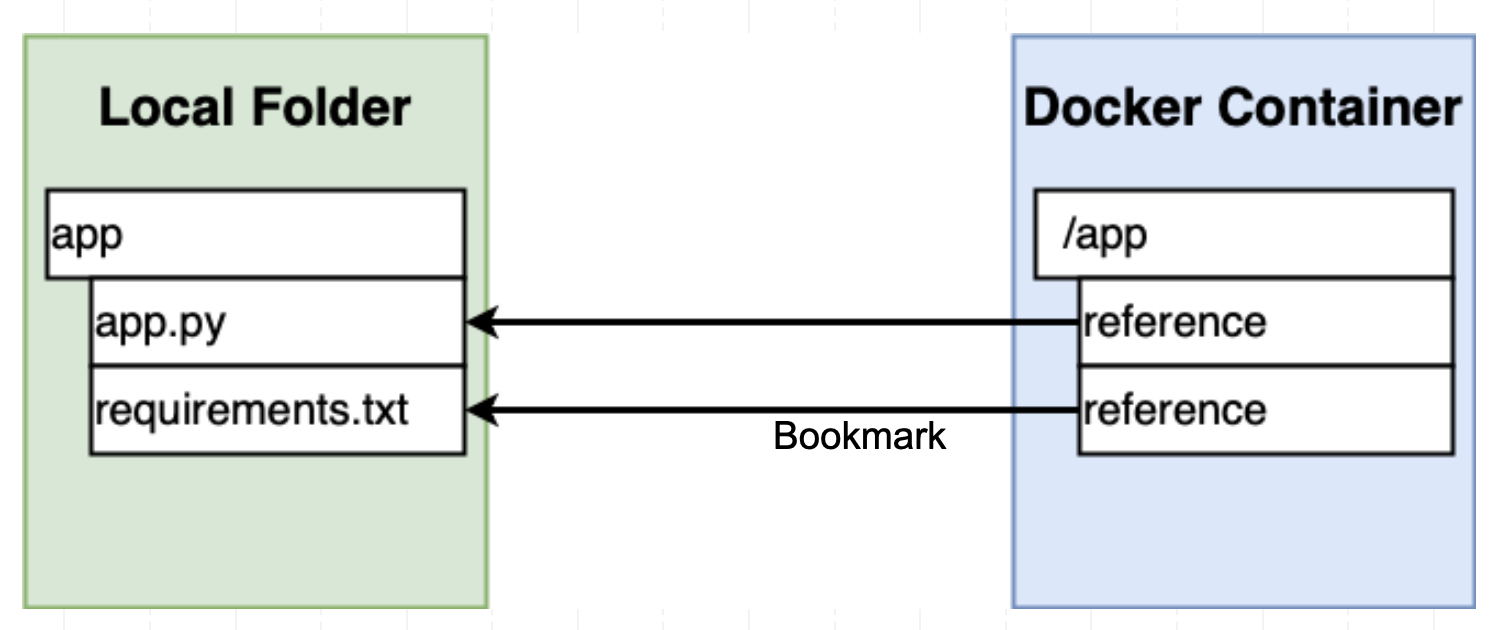Docker Volumes

What are Docker Volumes?
Docker volumes are a way to persist data outside of a container's file system. When you create a Docker volume, you create a new volume object that can be attached to one or more containers. Data can be written to or read from the volume, and the data will persist even if the container is removed or recreated.
Using a Docker Volume for a Hello World FastAPI App
Let's say you have a simple Hello World FastAPI app that you want to run in a Docker container. Here's an example of what the Dockerfile might look like:
FROM tiangolo/uvicorn-gunicorn-fastapi:python3.8
WORKDIR /app
COPY ./app /app
RUN pip install --no-cache-dir -r requirements.txt
CMD ["uvicorn", "app.main:app", "--host", "0.0.0.0", "--port", "80"]
This Dockerfile uses the tiangolo/uvicorn-gunicorn-fastapi base image and copies the app directory into the /app directory in the container.
Next, it runs the pip command to install the packages listed in the requirements.txt file. The --no-cache-dir flag is used to ensure that the packages are installed from scratch, rather than using any cached packages.
Finally, it sets the command to start the app using the Uvicorn server on port 80.
Here's the code for the app.py file:
from fastapi import FastAPI
app = FastAPI()
@app.get("/")
def read_root():
return {"Hello": "World"}
requirements.txt file :
Why using volume
When you create a Docker volume and attach it to a container, it's like putting a bookmark from the container to a local folder on your host machine.

Just like a bookmark in a web browser, a volume allows you to quickly access a specific location in the container's file system, without having to navigate through all of the directories manually.
With a volume, you can also persist data outside of the container's file system. This can be useful if you need to share data between multiple containers, or if you need to keep data separate from the container image itself.
Overall, volumes are a powerful tool in Docker that allow you to manage and persist data in a flexible and efficient way.
Add volume to docker run
With this Dockerfile, you can build and run the container using the following commands:
When you run this app in a Docker container, you can use a Docker volume to mount the app.py file into the container at runtime, rather than copying it into the container at build time. This has a few advantages:
- You can make changes to the app.py file without having to rebuild the entire Docker image.
- You can keep the app code and the container image separate, which can make it easier to manage and update the app over time.